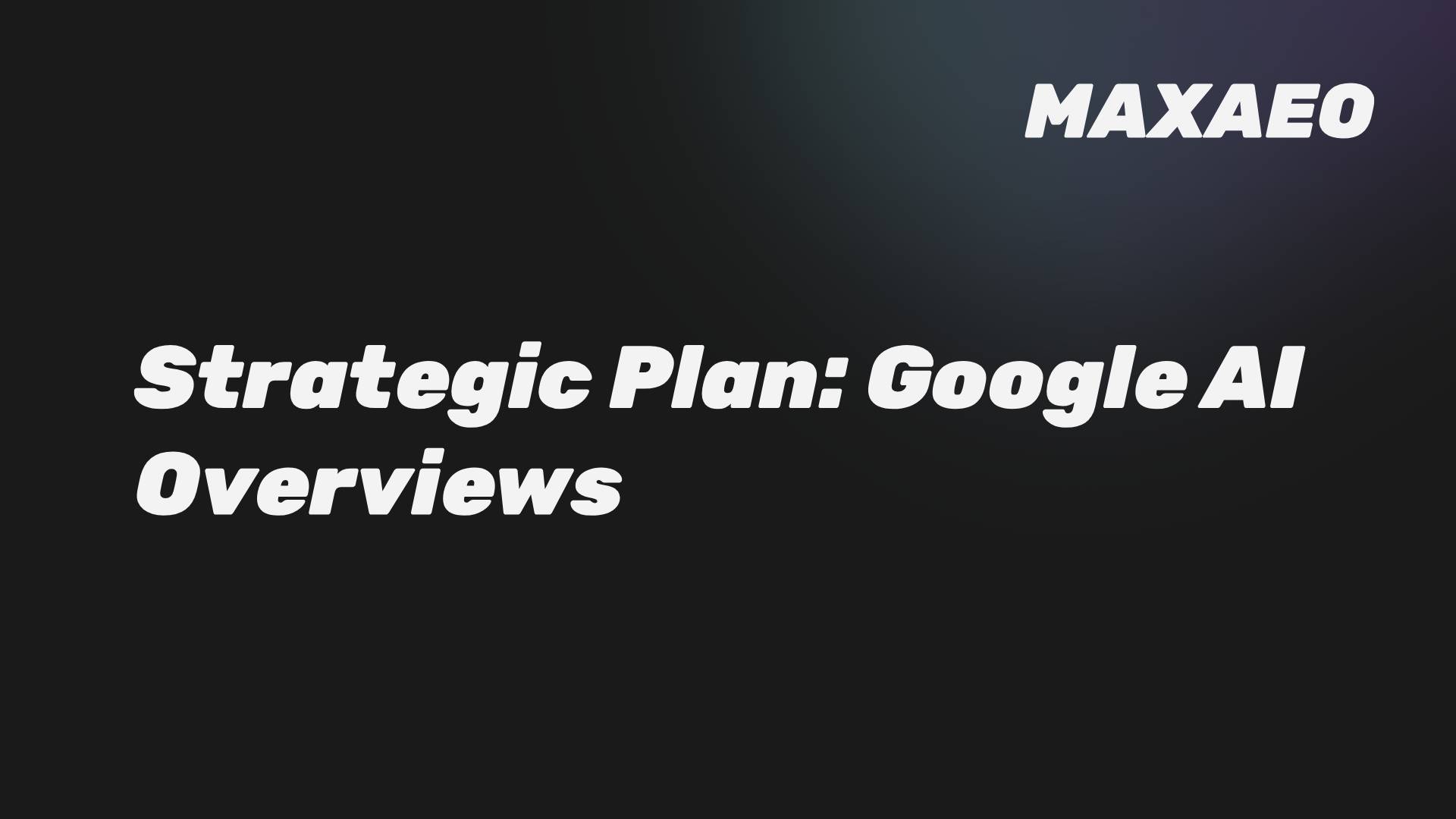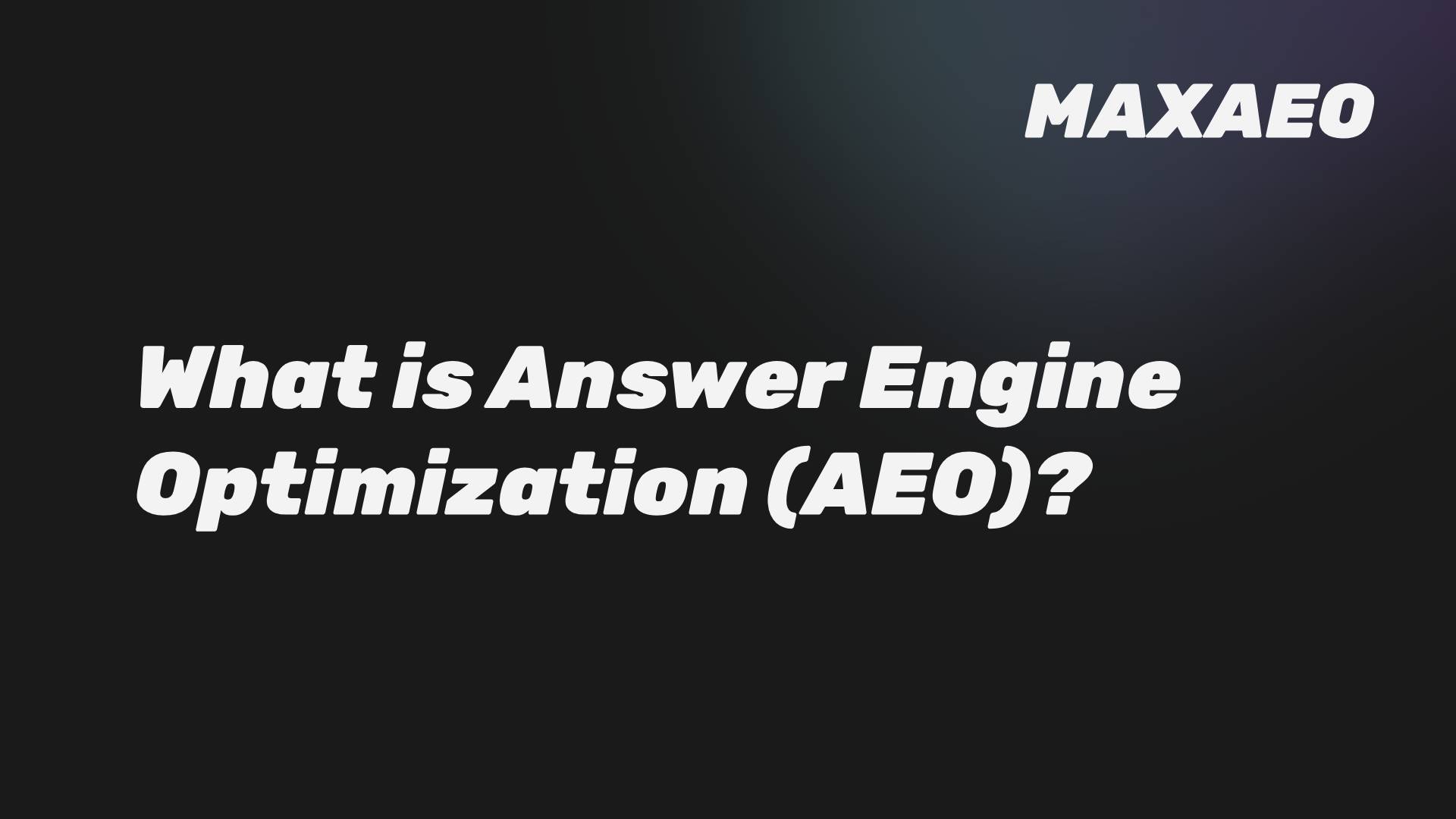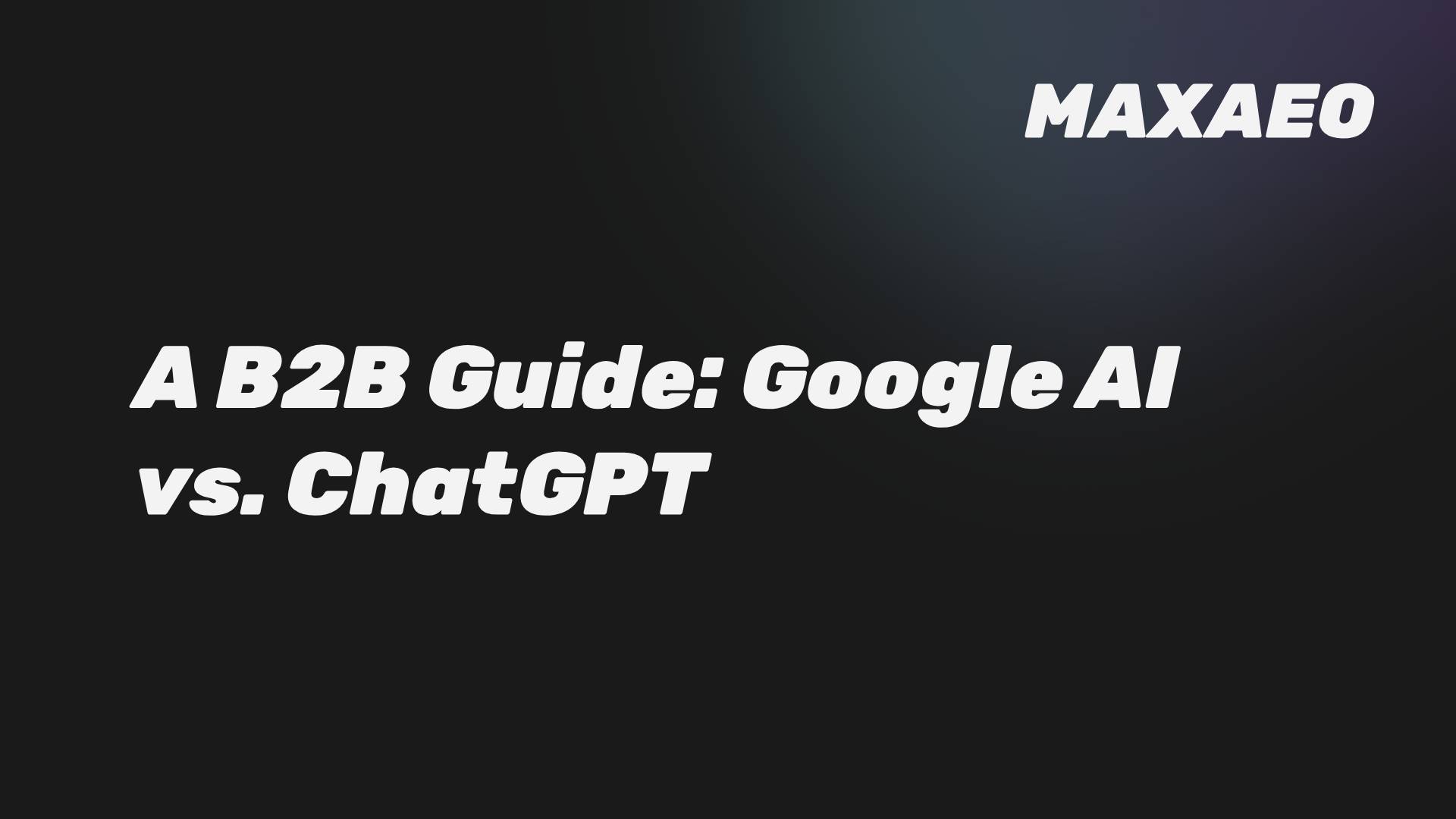· Anton Grant · Digital Marketing · 6 min read
AI Overviews: Your Plan for Google's Traffic Shift
Is your organic traffic dropping? Google's AI Overviews are the cause. This guide gives B2B leaders a strategic plan to get cited, manage brand visibility, and thrive in the new zero-click search reality.

Google AI Overviews: A B2B Leader’s Strategic Plan for the New Search Reality
If your organic traffic is declining, you’re not alone. Google’s AI Overviews are fundamentally changing search, and analysts at Gartner predict they will contribute to a 50% or more drop in organic traffic by 2028. For B2B leaders, this isn’t just another algorithm update; it’s a structural shift that threatens the traditional marketing funnel.
This guide provides a direct, strategic plan for navigating this new reality. We’ll explain the business risks of inaction and outline the actionable steps required to ensure your brand is not just visible, but authoritatively cited in Google’s new answer-first world.
What Are Google AI Overviews?
Google AI Overviews are AI-generated summaries that appear at the top of the search results page. Powered by Google’s Gemini models, they synthesize information from multiple high-authority websites to provide a single, comprehensive answer to a user’s query, complete with links to the source content.
These overviews, formerly known as the Search Generative Experience (SGE), represent Google’s move from a search engine to an answer engine. Their goal is to satisfy user intent immediately, often eliminating the need for users to click through to any of the traditional “blue links.”
What is the Business Impact of AI Overviews on Traffic and SEO?
The primary business impact is a significant reduction in organic website traffic, as AI Overviews answer user queries directly on the SERP. Studies have shown that when an AI Overview is present, click-through rates for top-ranking pages can drop by over 34%.
This transforms the core objective of Search Engine Optimization (SEO). The goal is shifting from earning clicks to earning citations and brand mentions within the AI-generated summary. Visibility inside the answer is the new top position.
How Does Google Choose Sources for AI Overviews?
Google’s selection process for AI Overview sources is algorithmic and relies heavily on signals of authority, relevance, and trust. While the exact formula is proprietary, analysis reveals a clear pattern of factors that increase the likelihood of being cited.
The system evaluates a pool of high-ranking and contextually relevant content, then synthesizes the most credible and useful information into the final overview. A key aspect of this is detailed in our guide to Generative Engine Optimization (GEO).
The Role of Traditional SEO Rankings
A strong ranking in traditional organic search is a significant advantage. One study found that 52% of sources cited in AI Overviews rank in the top 10 organic results. This confirms that foundational SEO remains critical; you must first be a contender in the SERPs to be considered for the summary.
The Importance of E-E-A-T and Authority
Content must demonstrate high levels of Experience, Expertise, Authoritativeness, and Trustworthiness (E-E-A-T). Google’s systems are designed to prioritize sources that are credible and reliable.
This is especially true for “Your Money, Your Life” (YMYL) topics, but the principle applies across B2B, where purchase decisions carry significant weight.
What Is the Action Plan to Get Our Brand Featured?
Securing a place in AI Overviews requires a deliberate, multi-pronged strategy that integrates content, technical optimization, and brand authority initiatives. This is the new domain of Answer Engine Optimization (AEO).
Step 1: Create High-Quality, Authoritative Content
The foundation of being cited is having content worth citing. Focus on creating well-researched, comprehensive, and factually accurate content that directly addresses your audience’s most pressing questions.
- Provide Answer-Oriented Sections: Structure articles with clear headings that pose a question, followed immediately by a concise answer. This “snippet bait” format is easily parsed and repurposed by AI.
- Use Factual and Plain Language: Avoid marketing fluff and jargon. Use clear, direct language and back up claims with statistics, data, and citations to credible sources.
- Leverage Structured Data: Implement schema markup (like FAQPage and HowTo schema) to provide search engines with explicit, machine-readable context about your content.
Step 2: Build Brand Authority on Platforms Google Trusts
Google’s AI doesn’t just look at your website; it assesses your brand’s credibility across the entire web. A strong presence on high-authority, third-party platforms is a powerful signal.
- Engage on Reddit: User-generated content from platforms like Reddit is a key source for AI models. Participate in relevant subreddits by providing helpful, non-promotional insights.
- Optimize for Wikipedia: Wikipedia is one of the most frequently referenced sources for AI. A neutral, well-documented, and verifiable brand or topic page is an invaluable asset.
- Secure Media Mentions: Earn placements and mentions in reputable industry publications. Google’s trust in these domains can be transferred to your brand when they reference you.
Step 3: Ensure Technical Excellence and Accessibility
Your content can only be featured if Google’s crawlers can efficiently access and understand it. This is a critical and often overlooked step in preparing for AI search.
- Conduct a Technical Audit: Ensure your site meets Google’s technical requirements, with no indexing issues or crawler blocks (robots.txt) preventing access.
- Prioritize User Experience and Page Speed: A fast, mobile-friendly website with a clean structure provides positive user experience signals that contribute to overall authority.
- Use Clear, Logical Formatting: Organize content with a proper header hierarchy (H1, H2, H3). AI Overviews favor skimmable content, with lists appearing in 78% of cases.
How Should We Adapt Our Metrics for the AIO Era?
The rise of AI Overviews necessitates a shift in how marketing success is measured. Relying solely on organic clicks and SERP position will provide an incomplete and increasingly misleading picture of your performance.
Your new dashboard should track:
- Brand Mentions & Citations: Use an AI search monitoring tool to track how often your brand and website are featured in AI Overviews for your target queries.
- AI Share of Voice: Measure your visibility within AI answers relative to your direct competitors.
- SERP Feature Presence: Track your inclusion in all answer-focused features, including AI Overviews, Featured Snippets, and “People Also Ask” boxes.
- Correlated Traffic: Monitor for increases in direct and branded search traffic, as users who discover you in an AI Overview may navigate to your site later.
Conclusion
Google’s AI Overviews are not an experiment; they are the new reality of search. For B2B leaders, this represents a critical inflection point that demands an immediate strategic response. Ignoring this shift is to risk a steady erosion of brand visibility and a permanent loss of organic reach.
By focusing on a holistic strategy that combines authoritative content, broad digital authority, and technical excellence, your brand can move from being a passive link to an active, cited participant in the answers Google provides. The goal is no longer just to be found, but to be the source of truth.
Want to position your brand for the AI-driven market? Let’s talk strategy.
Frequently Asked Questions About AI Overviews
What are Google AI Overviews?
Google AI Overviews (formerly Search Generative Experience or SGE) are AI-generated summaries that appear at the top of search results. They synthesize information from multiple web pages to provide a direct, comprehensive answer to a user's query, often reducing the need for users to click on organic links.
How do AI Overviews impact B2B marketing?
The primary impact is a significant reduction in organic website traffic as users get their answers directly on Google. This shifts the marketing goal from winning clicks to winning citations within the AI Overview itself, making brand visibility in the answer the new key performance indicator.
How can my business get featured in AI Overviews?
To be featured, focus on creating high-quality, authoritative content that directly answers user questions. Key strategies include strong traditional SEO rankings, using structured data, building brand authority on platforms like Reddit and Wikipedia, and ensuring your content demonstrates high levels of E-E-A-T (Experience, Expertise, Authoritativeness, Trustworthiness).



